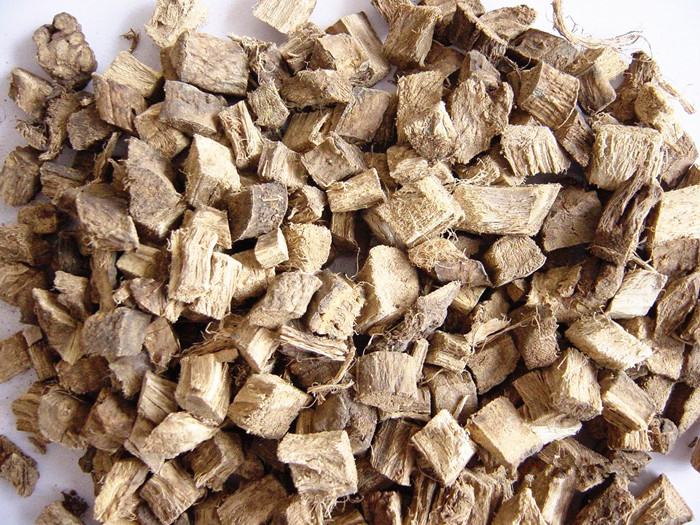Kudzu Root cut

INTRUDUCTION
Kudzu is a vine. Under the right growing
conditions, it spreads easily, covering virtually everything that doesn’t move
out of its path. Kudzu was introduced in North America in 1876 in the
southeastern U.S. to prevent soil erosion. But kudzu spread quickly and
overtook farms and buildings, leading some to call to kudzu "the vine that
ate the South.”
Kudzu’s root, flower, and leaf are used to
make medicine. It has been used in Chinese medicine since at least 200 BC. As
early as 600 AD, it was used to treat alcoholism.
Today, kudzu is used to treat alcoholism
and to reduce symptoms of alcohol hangover, including headache, upset stomach,
dizziness, and vomiting. Kudzu is also used for heart and circulatory problems,
including high blood pressure, irregular heartbeat, and chest pain; for upper
respiratory problems including sinus infections, the common cold, hay fever,
flu, and swine flu; and for skin problems, including allergic skin rash,
itchiness, and psoriasis.
Some people use kudzu for menopause
symptoms, muscle pain, measles, dysentery, stomach pain (gastritis), fever,
diarrhea, thirst, neck stiffness, and to promote sweating. Other oral uses
include treatment of polio myelitis, encephalitis, migraine, deafness,
diabetes, and traumatic injuries.
Health providers in China sometimes give
puerarin, a chemical in kudzu, intravenously (by IV) to treat stroke due to a
blood clot.
USES
Alcoholism. Early research suggests that
heavy drinkers who take kudzu extract for 7 days consume less beer when given a
chance to drink. But kudzu doesn’t seem to decrease the craving for alcohol or
improve sobriety in long-term alcoholics.
Chest pains. Some early research suggests
that puerarin, a chemical in kudzu, might improve signs and symptoms of chest pain
when taken by mouth or injected intravenously (by IV). Some evidence suggests
that using IV puerarin along with usual treatment might be more effective than
usual treatment alone. However, studies on puerarin are generally of poor
quality and might not be reliable. Puerarin injection products are not
available in North America.
Preventing chest pain during a procedure
called percutaneous transluminal coronary angioplasty (PTCA). Early research
suggests that injecting 200 mL of puerarin, a chemical in kudzu, intravenously
(by IV) one week before and immediately prior to percutaneous transluminal
coronary angioplasty (PTCA) might reduce episodes of chest pain. Puerarin
injection products are not available in North America.
Coronary heart disease (CHD). Early
research suggests that injecting 500 mL of puerarin, a chemical in kudzu,
intravenously (by IV) once daily for 3 weeks might reduce “bad” low-density
lipoprotein (LDL) cholesterol, increase “good” high-density lipoprotein (HDL)
cholesterol, and reduce pre-meal insulin levels in people with coronary heart
disease. Puerarin injection products are not available in North America.
Diabetes. Early research suggests that
taking puerarin, a chemical in kudzu, 750 mg daily by mouth along with the
diabetes medication rosiglitazone (Avandia) reduces blood sugar in patients
with type 2 diabetes. However, injecting puerarin intravenously (by IV) does
not appear to reduce blood sugar. Puerarin injection products are not available
in North America.
Kidney disease in people with diabetes
(diabetic nephropathy). Early research suggests that taking puerarin, a
chemical in kudzu, 750 mg daily by mouth along with the diabetes medication
rosiglitazone (Avandia) improves kidney function in people with diabetic
nephropathy.
Problems with the retina of the eye in
people with diabetes (diabetic retinopathy). Some research suggests that
injecting puerarin, a chemical in kudzu, intravenously (by IV) does not improve
vision in people with diabetic retinopathy. Puerarin injection products are not
available in North America.
Exercise performance. Early research
suggests that taking a combination supplement containing kudzu isoflavones
along with other ingredients might improve exercise performance in some people.
Heart failure. Early research suggests that
taking puerarin, a chemical in kudzu, 400 mg/day by mouth for 10 days might
improve heart function in people with heart failure.
Stroke. Some early research suggests that
taking puerarin, a chemical in kudzu, alone or with aspirin, might improve
brain function in some people after stroke. However, other research shows that
injecting puerarin intravenously (by IV) does not reduce death or dependency
after a stroke.
Low back pain. Early research suggests that
injections of puerarin, a chemical in kudzu, might reduce pain in some people
with low back pain. Puerarin injection products are not available in North
America.
Symptoms of menopause. Research on kudzu
for symptoms of menopause has been conflicting. Some research suggests that
taking kudzu by mouth can reduce hot flashes and improve vaginal dryness in
women going through menopause. Other research shows that taking kudzu does not
affect sex hormone levels, blood fat levels, bone density, or other symptoms of
menopause. However, it might have a positive effect on the mental abilities of
postmenopausal women.
Heart attack (myocardial infarction). Early
research suggests that injecting puerarin, a chemical in kudzu, intravenously
(by IV) along with usual treatment might help some people after a heart attack.
Puerarin injection products are not available in North America.
Weight loss. Early research suggests that
taking kudzu extract 300 mg by mouth daily for 12 weeks reduces body fat and
body mass index (BMI) in people who are obese. However, taking kudzu extract
200 mg daily does not appear to have the same effects.
Symptoms of alcohol hangover (headache,
upset stomach, dizziness and vomiting).
Muscle pain.
Measles.
Dysentery.
Stomach inflammation (gastritis).
Fever.
Diarrhea.